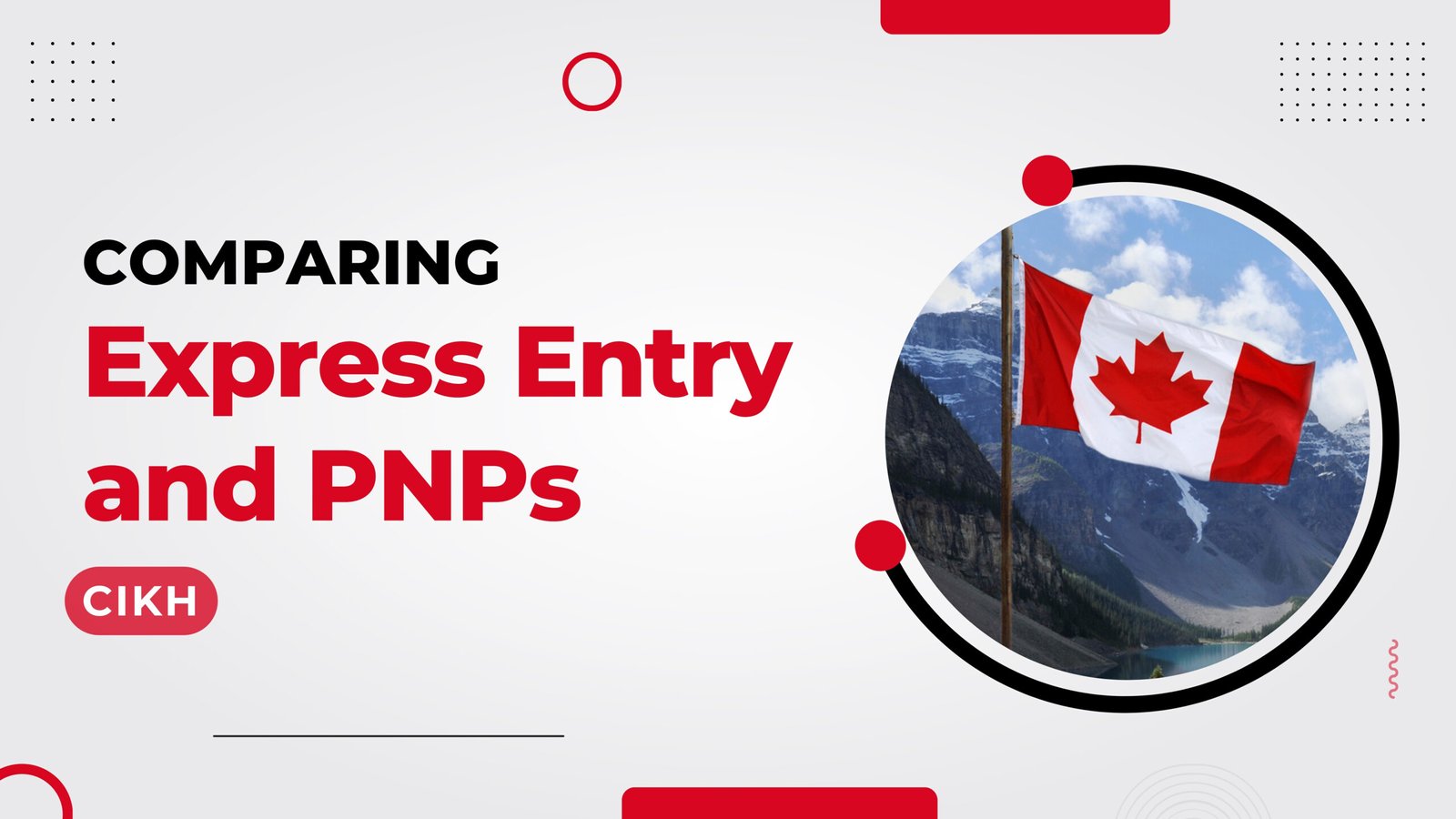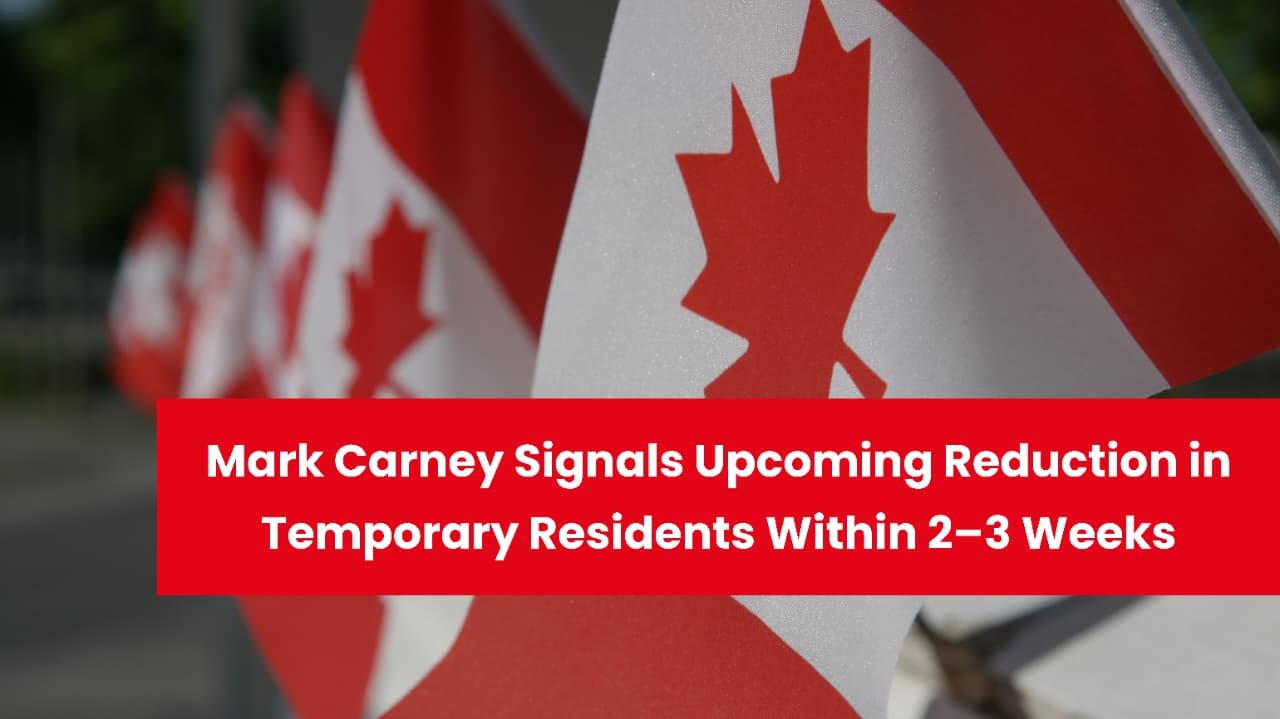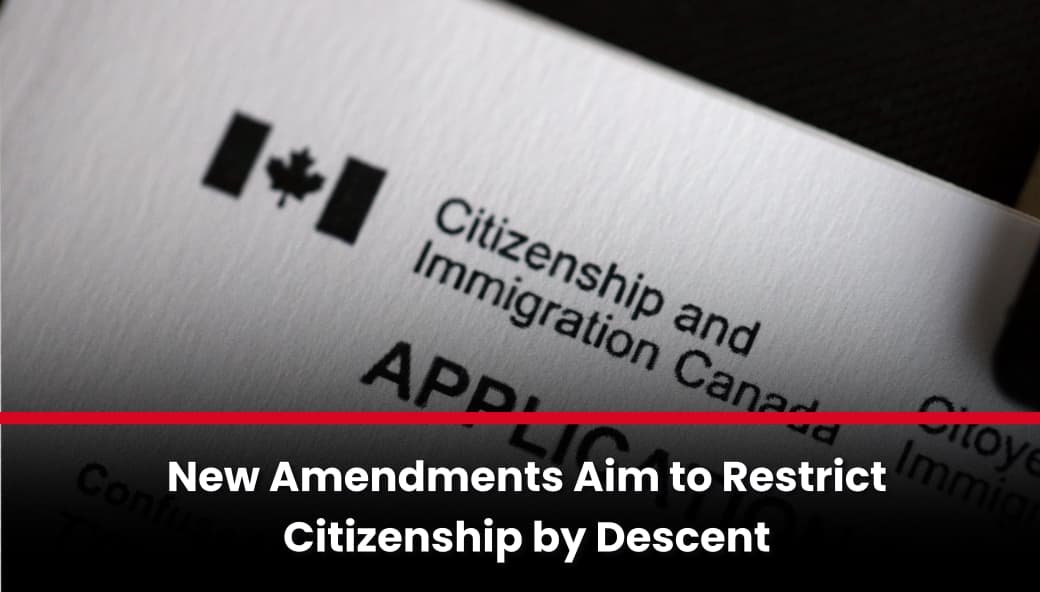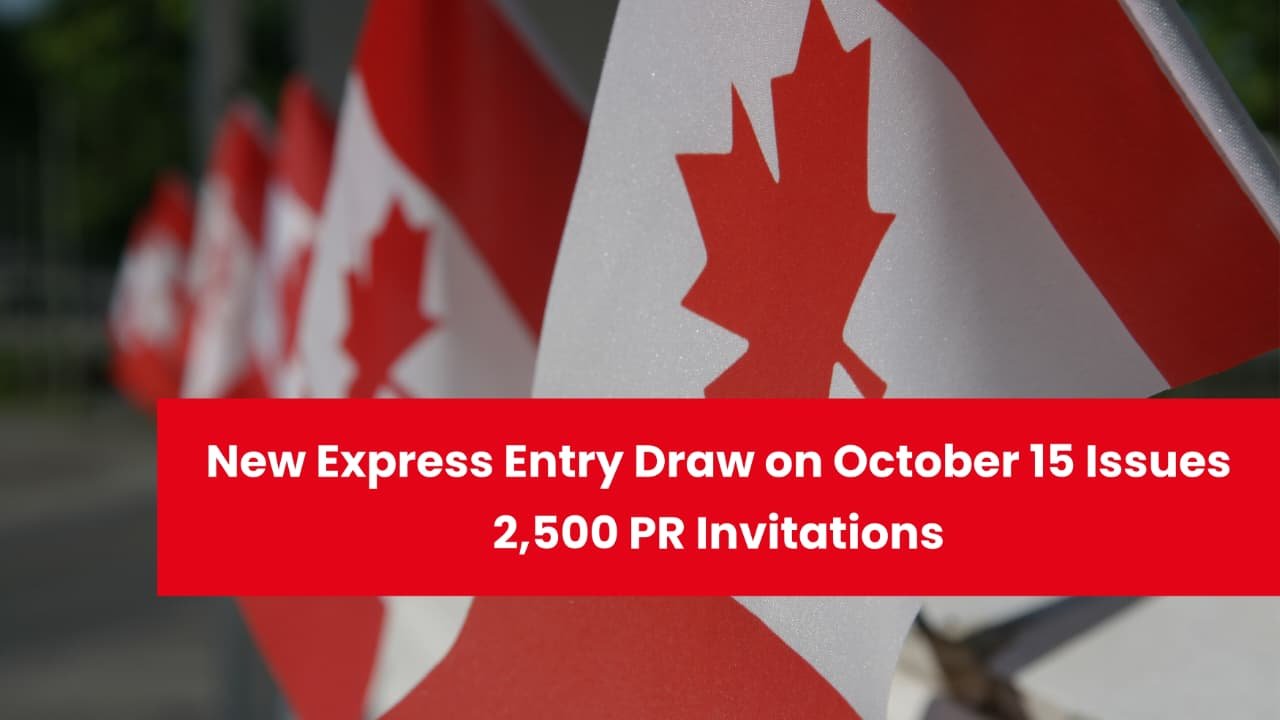Understanding the distinctions between the Express Entry system and Provincial Nominee Programs (PNPs) is crucial for navigating Canadian immigration. Although both pathways can culminate in permanent residency, they feature unique processes and eligibility criteria.
There are several pathways to apply for Canadian Permanent Residency, and the key to finding the right one for you lies in gathering comprehensive information, comparing options, and making an informed decision.
Among the most frequently compared programs for applying for PR are the Provincial Nominee Programs and the Express Entry System.
Essential Guide to Express Entry and Provincial Nominee Programs
Express Entry represents a points-based immigration framework aimed at attracting skilled workers to Canada. It encompasses various immigration programs and categories. Candidates undergo ranking via the Comprehensive Ranking System (CRS), which assesses factors such as age, education, work experience, and language proficiency. Those achieving the highest scores receive invitations to apply for permanent residency, with processing times typically within six months.
Provincial Nominee Programs (PNPs) are immigration pathways enabling Canadian provinces and territories to nominate individuals seeking to immigrate and settle in specific regions. Each province and territory operates its own distinct PNP, tailored to address local economic and labor market needs. Candidates can apply for provincial nomination through either a base or enhanced stream, the latter linked to the Express Entry system. A provincial nomination significantly enhances a candidate’s CRS score, facilitating the receipt of an invitation to apply for permanent residency.
Express Entry Vs PNPs: Understanding the Variations
When considering immigration to Canada, prospective applicants often encounter two primary pathways: Express Entry and Provincial Nominee Programs (PNPs). Understanding the distinctions between these two can help candidates choose the best route for their circumstances. Here’s a detailed comparison of Express Entry and PNPs.
Government Jurisdiction
Express Entry:
- Managed by the federal government.
- Oversees applications for three national economic immigration programs.
- Applies to all of Canada, ensuring a uniform system.
PNPs:
- Run by provincial or territorial governments.
- Designed to address specific regional labor market needs.
- Each province/territory has its own program and sets its own criteria.
Purpose
Express Entry:
- Aims to identify and process skilled immigrants who can significantly contribute to the Canadian economy.
- Focuses on a quick and efficient selection of high-scoring candidates.
PNPs:
- Allow provinces and territories to nominate candidates with specific skills, work experience, or qualifications that match local economic demands.
Application Process
Express Entry:
- Candidates submit an online profile and receive a Comprehensive Ranking System (CRS) score.
- Profiles are ranked in a pool of candidates based on CRS scores.
PNPs:
- Candidates can apply directly to a province/territory or express interest in a specific PNP via their Express Entry profile.
- Offers an additional pathway for those meeting specific regional criteria.
Eligibility
Express Entry:
- Eligibility is based on federal criteria like education, age, work experience, and language proficiency.
- Aimed at a broad range of skilled workers.
PNPs:
- Eligibility criteria vary widely and are often tailored to provincial needs.
- May target specific skills, work experiences, or educational backgrounds.
Rounds of Invitations
Express Entry:
- The federal government invites candidates to apply for permanent residency through regular invitation rounds.
- These rounds typically occur every two weeks.
PNPs:
- PNP invitation rounds can vary.
- Candidates may apply directly to a province’s PNP or be selected through the Express Entry pool.
- Provincial nominations grant additional CRS points, boosting Express Entry profiles.
Processing Time
Express Entry:
- Federal applications are processed within six months on average, though this can vary depending on the program.
PNPs:
- Processing times depend on the specific province/territory and the nomination stream.
- Can be quicker or slower based on local administrative efficiency.
Express Entry vs. PNPs: Evaluating Advantages and Disadvantages
Advantages of Express Entry:
- Efficient Processing: The Express Entry system stands out for its swift processing times, typically handling applications within six months, making it one of the fastest routes to Canadian permanent residency.
- Broad Eligibility: Express Entry caters to a wide array of skilled workers across diverse professional backgrounds. It encompasses three federal immigration programs—Federal Skilled Worker Program, Federal Skilled Trades Program, and Canadian Experience Class—offering ample opportunities for candidates with varied qualifications and work experiences.
Disadvantages of Express Entry:
- High Competitiveness: As a points-based system, Express Entry is fiercely competitive. Candidates are ranked against one another based on factors like age, education, work experience, and language proficiency. Only those with the highest scores receive invitations to apply for permanent residency.
- Dependency on CRS Score: A significant drawback is the heavy reliance on the Comprehensive Ranking System (CRS) score. Even highly qualified applicants may struggle to secure an invitation if their CRS score isn’t competitive enough, posing challenges especially for older applicants or those with lower language test scores.
Advantages of Provincial Nominee Programs (PNPs):
- Lower CRS Score Opportunities: PNPs offer a distinct advantage by allowing candidates with lower CRS scores to receive provincial nominations. A provincial nomination adds 600 points to the CRS score, significantly enhancing the chances of receiving an invitation to apply for permanent residency through Express Entry.
- Regional Focus: PNPs are tailored to address specific labor market and economic needs of individual provinces and territories. This regional focus enables candidates to settle in regions where their skills are in high demand, potentially leading to better job prospects and integration into local communities.
Disadvantages of Provincial Nominee Programs (PNPs):
- Extended Processing Times: Unlike Express Entry, PNPs generally involve longer processing times due to the two-step process—first obtaining provincial nomination, followed by federal approval—which can take several months to over a year to complete.
- Province-Specific Limitations: PNPs are province-specific, requiring candidates to commit to living and working in the nominating province. This restriction may deter those seeking flexibility in choosing their settlement location within Canada. Additionally, relocating to another province shortly after obtaining permanent residency may face scrutiny from immigration authorities.
Understanding the distinct advantages and specific requirements of each pathway is crucial as they can greatly influence your prospects of attaining permanent residency. By gaining familiarity with these discrepancies, you can make well-informed choices that resonate with your personal and career aspirations.
What Causes the Comparison and Confusion Between Express Entry and PNPs?
Express Entry and Provincial Nominee Programs (PNPs) are frequently compared and sometimes confused, despite being distinct pathways to Canadian permanent residency. This confusion arises because both routes offer invitations to apply for PR. Depending on your eligibility and preferences, you can choose one of the following options:
- Express Entry System: Candidates create a profile and may receive an Invitation to Apply (ITA) based on their Comprehensive Ranking System (CRS) score.
- Direct PNP Application: Applicants apply directly to a specific Provincial Nominee Program and may receive an ITA from that province.
- Express Entry with Provincial Nomination: Candidates create an Express Entry profile and can be selected by a province for a Provincial Nomination, which adds 600 points to their CRS score, significantly boosting their chances of receiving an ITA.
These options illustrate why individuals often conflate Express Entry and PNPs, as they offer different yet interconnected paths to Canadian PR. However, each pathway has specific requirements and processes, making it essential for applicants to understand their eligibility and choose the most suitable route accordingly.





